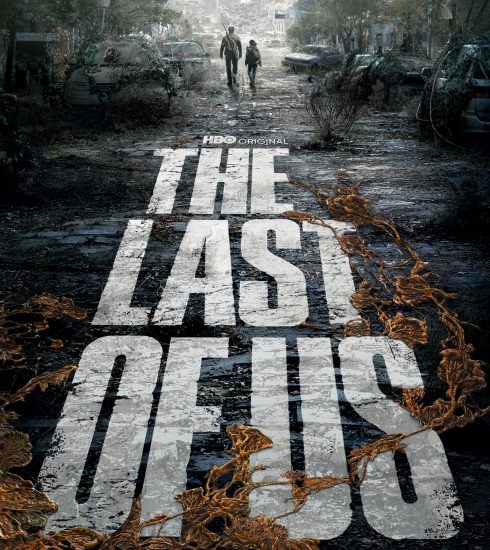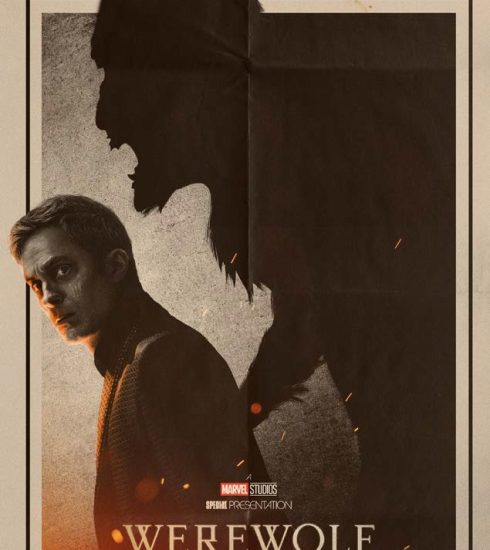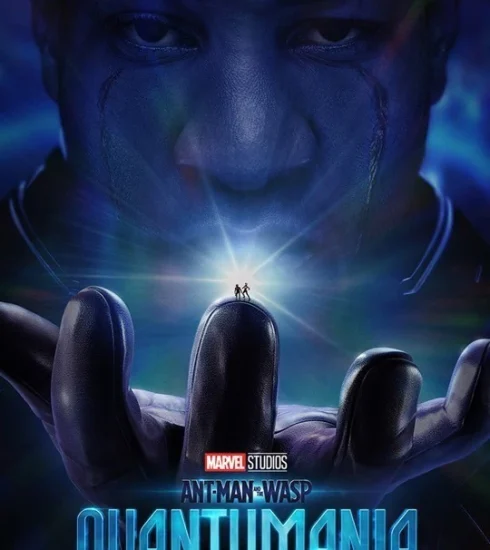Movie Review: The Crown Season 5
What do we want from The Crown — the truth or the most interesting version of the story? It’s a question that pervades the new season of Netflix’s drama, the first to air since Queen Elizabeth II passed away in September after 70 years on the throne. (And the first, it should be noted, to be officially labelled as “fiction” by Netflix.) Certainly, creator Peter Morgan has never claimed that The Crown is entirely factual. But season 5 — which premiered Nov. 9 and features a new cast led by Imelda Staunton — undermines the dramatic stakes with circuitous storytelling and choppierthan- usual pacing.
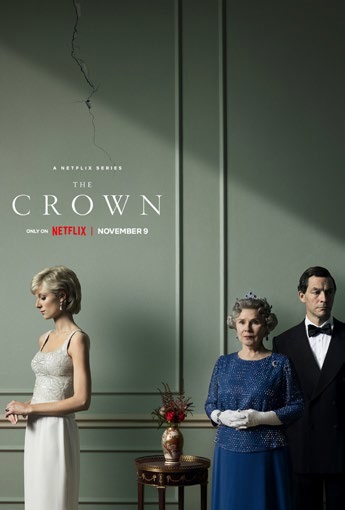
It begins and ends with Britannia. The year is 1991, and the Queen (Staunton) is about to embark on a tour of engagements from the comfort of her beloved yacht, which has served as a floating royal residence for nearly four decades. However, the vessel has begun to fall into disrepair, and fixes would cost millions in taxpayer money. “She’s a creature of another age,” says Prince Philip (Jonathan Pryce). “In many ways, she’s obsolete.”
The discomfort of that rather obvious metaphor is compounded by the results of a new poll in the UK’s Sunday Times, in which many respondents characterised the Queen as “irrelevant,” “old,” and “expensive” and indicated they’d prefer to have Prince Charles (Dominic West) on the throne. Sensing an opportunity with new Prime Minister John Major (Johnny Lee Miller) in office, Charles launches an awkward backchannel campaign to lead a new and improved monarchy. Therein lies this year’s theme: Tradition versus progress, the status quo versus a society in transition. And it all takes place against the backdrop of “The War of the Waleses,” the very public battle between Charles and Diana (Elizabeth Debicki) to win the hearts and minds of the British public — and, more importantly, their freedom.
Though the new episodes span just six years (1991-97), the shortest period for the show to date, the season struggles to cohere. Ostensibly, the aforementioned war between Charles and Diana, which could theoretically produce enough source material for at least ten episodes, is the centrepiece. Season 4 deftly told the story of two struggling new unions — Charles and Diana, the Queen and Margaret Thatcher — and season 5 attempts to chronicle the dissolution of the former and the union between Britain and the monarchy itself. It’s an ambitious idea, but the scope proves too broad to contain, and the dual narratives never quite mesh.
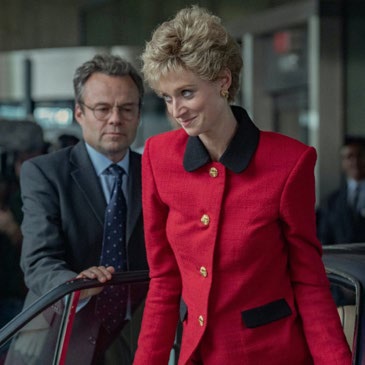
When it comes to the War of the Waleses, Morgan repeatedly chooses to focus on the lead-up to key events rather than the turbulent aftermath and its effect on the characters. The second episode follows Diana’s decision to record secret tapes for Andrew Morton (Andrew Steele), which were shuttled to the author by Diana’s close friend James Colthurst (Oliver Chris). The resulting book, Diana: Her True Story, was a cornucopia of bombshell revelations, including Charles’ affair with Camilla Parker Bowles (Olivia Williams). Still, the episode concludes with the book’s release, and then the subject is effectively dropped.
We cannot expect The Crown to be an exhaustive record of the royal family’s (fictionalised) life, but Morgan’s regular detours prohibit any one storyline from gaining momentum. We go from an instalment on Morton’s book to Mou Mou, an episode that delves into the relationship between Mohamed Al Fayed (Salim Daw) — father to Diana’s future boyfriend, Dodi (Khalid Abdalla) — and Sydney Johnson (Jude Akuwudike), the longtime valet to the Duke of Windsor (Alex Jennings). Johnson is a fascinating figure in his own right, but this feels less like a spotlight on him than a long-winded way to introduce Dodi, whose relationship with the Princess won’t play out until next season.
Ipatiev House, the season’s requisite Philip episode, is another oddly timed interruption. Here, a visit from Boris Yeltsin (Anatoly Kotenev) and Russia’s efforts to identify the remains of the Romanovs serve to highlight the emotional distance between Elizabeth and her husband. “After 47 years of marriage, we might ask ourselves, how are we still alike?” huffs Philip. Pryce brings stately warmth to the Duke, though he — like all of the satellites in the Queen’s orbit — seems destined to spend the rest of his life fending off deeply rooted resentment of the monarch he serves.
The new ensemble is very strong. Staunton gives us a Queen who is steely and even more reserved; her Elizabeth is very rarely wracked by the disturbance of sublimated emotion. West makes Charles a confident, passionate striver, a man energised by the possibility of a new purpose. Lesley Manville does not have much to do yet as Margaret, though her reunion with one-time fiancé Peter Townsend (Timothy Dalton) leads to a heated and heartrending confrontation with Elizabeth over — what else? — all the sacrifices she’s endured at Her Majesty’s behest. Debicki is excellent as Diana; she captures the Princess’ crippling vulnerability but also her cheeky charm and irreverent, self-deprecating humour.
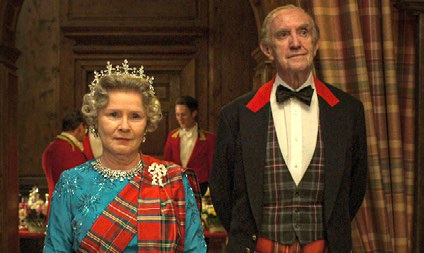
In one of the season’s most powerful scenes, Charles goes to visit Diana after their divorce papers are signed, and the two have an honest discussion about their failed marriage at her kitchen table. Did this really happen? Probably not, and either way, we’ll never know for sure. But it’s lovely to imagine that the People’s Princess and the future King were able to experience this closure, however brief. Maybe that’s what we want from The Crown — a fact-infused fantasy that allows us to pretend that Diana and everyone else traumatised by “the system” were eventually heard, their sacrifices acknowledged, their pain assuaged, if only for a moment. Feelings aren’t facts, of course, but most of the time, neither is TV.
7.5/10
Boluwatife Adesina is a media writer and the helmer of the Downtown Review page. He’s probably in a cinema near you.




